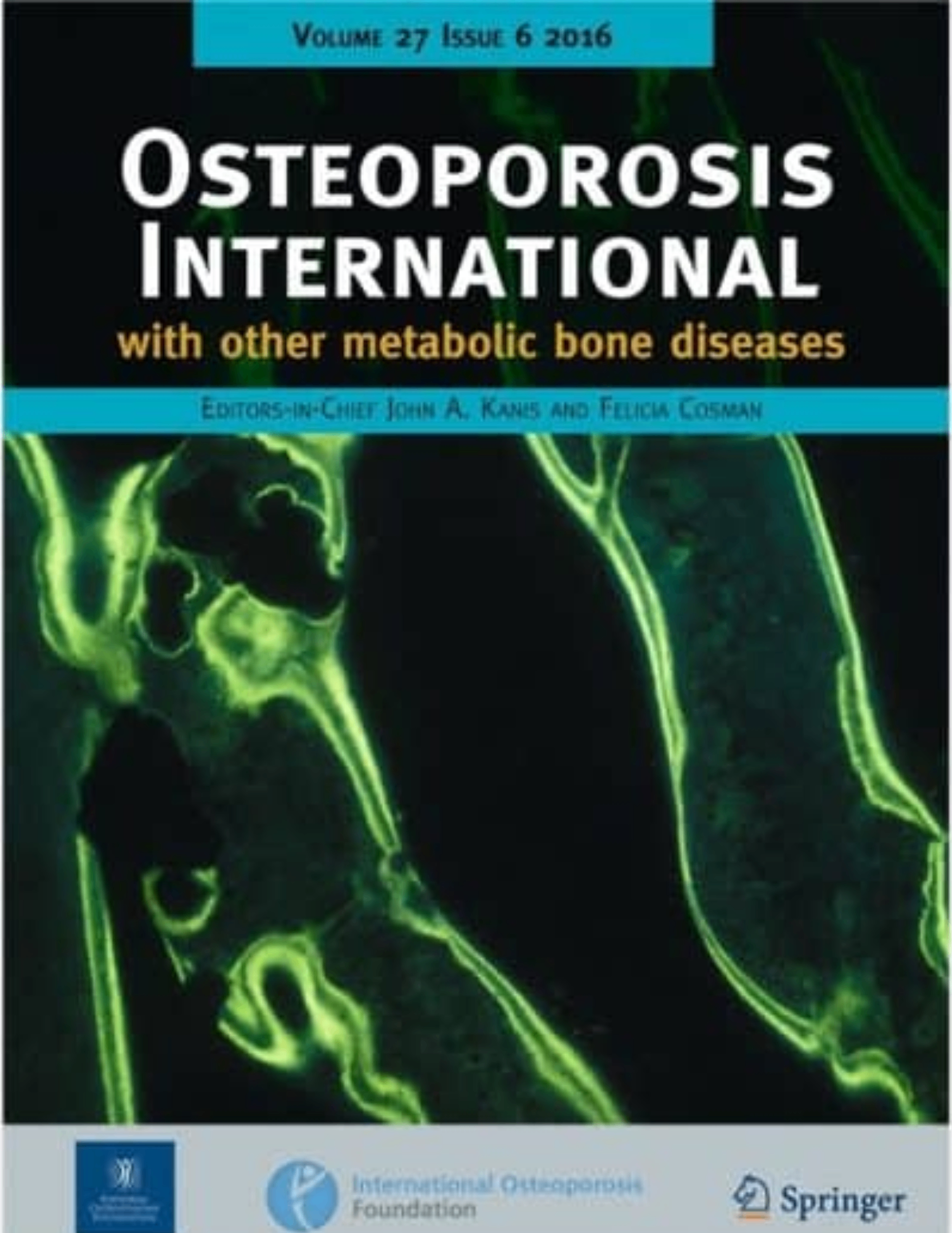
Greater BMD after 1 year for ALN/D5600 compared to calcitriol treatment in osteoporosis

Greater BMD after 1 year for ALN/D5600 compared to calcitriol treatment in osteoporosis
Alendronate sodium/vitamin D3 combination tablet versus calcitriol for osteoporosis in Chinese postmenopausal women: a 6-month, randomized, open-label, active-comparator-controlled study with a 6-month extension
Osteoporos Int. 2015 Sep;26(9):2365-74.Synopsis
219 postmenopausal Chinese women with osteoporosis were randomized to receive one of two medications: a weekly dose of alendronate sodium with vitamin D3 (ALN/D5600) or a daily dose of calcitriol. The purpose of the study was to determine if ALN/D5600 provided greater benefits for bone mineral density and other measures of osteoporosis compared to calcitriol and to assess the safety of alendronate...
To view the full content, login to your account,
or start your 30-day FREE Trial today.
FREE TRIAL
LOGIN
Forgot Password?
Explore some of our unlocked ACE Reports below!

Learn about our AI Driven
High Impact Search Feature
Our AI driven High Impact metric calculates the impact an article will have by considering both the publishing journal and the content of the article itself. Built using the latest advances in natural language processing, OE High Impact predicts an article’s future number of citations better than impact factor alone.
Continue



 LOGIN
LOGIN

Join the Conversation
Please Login or Join to leave comments.